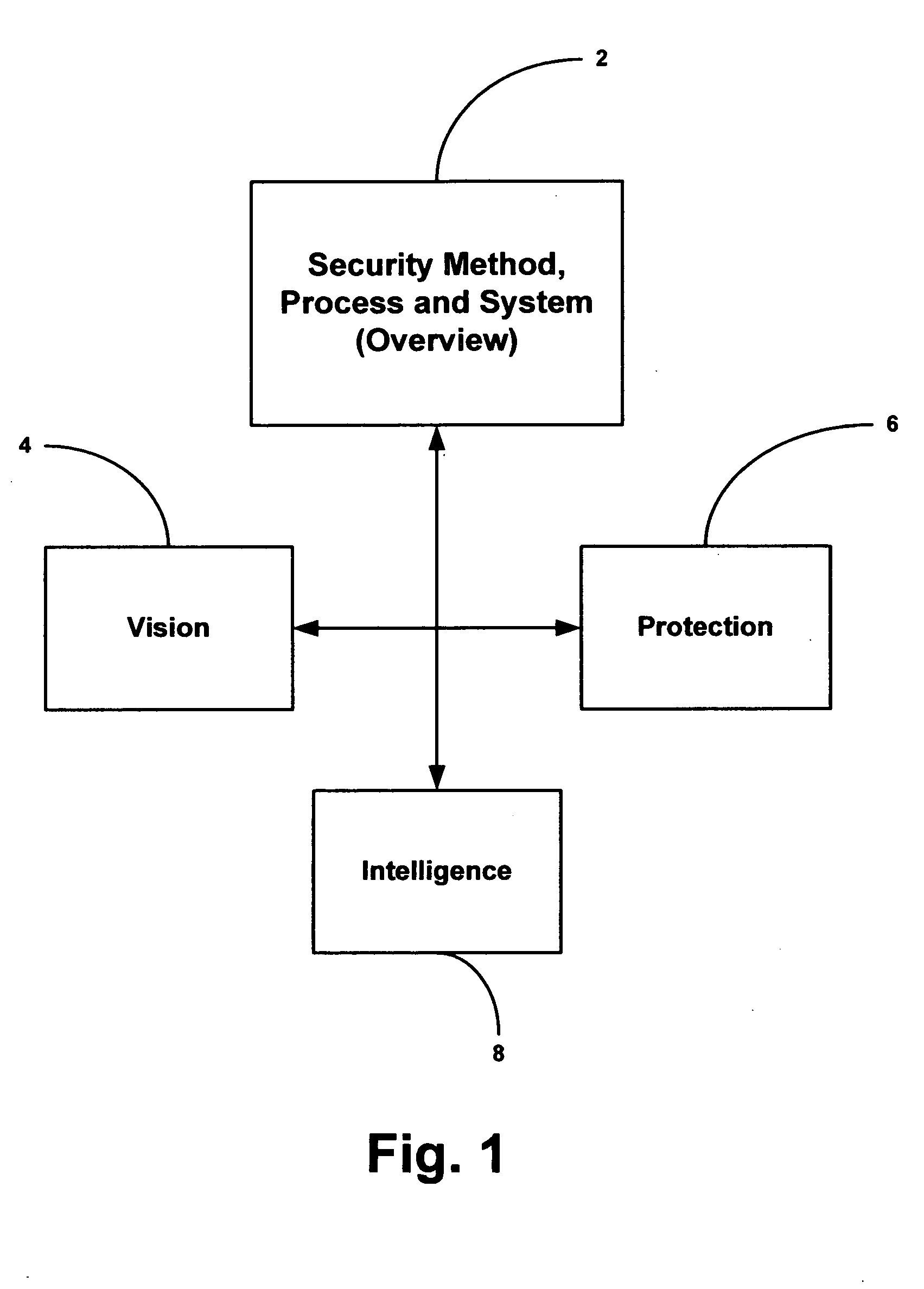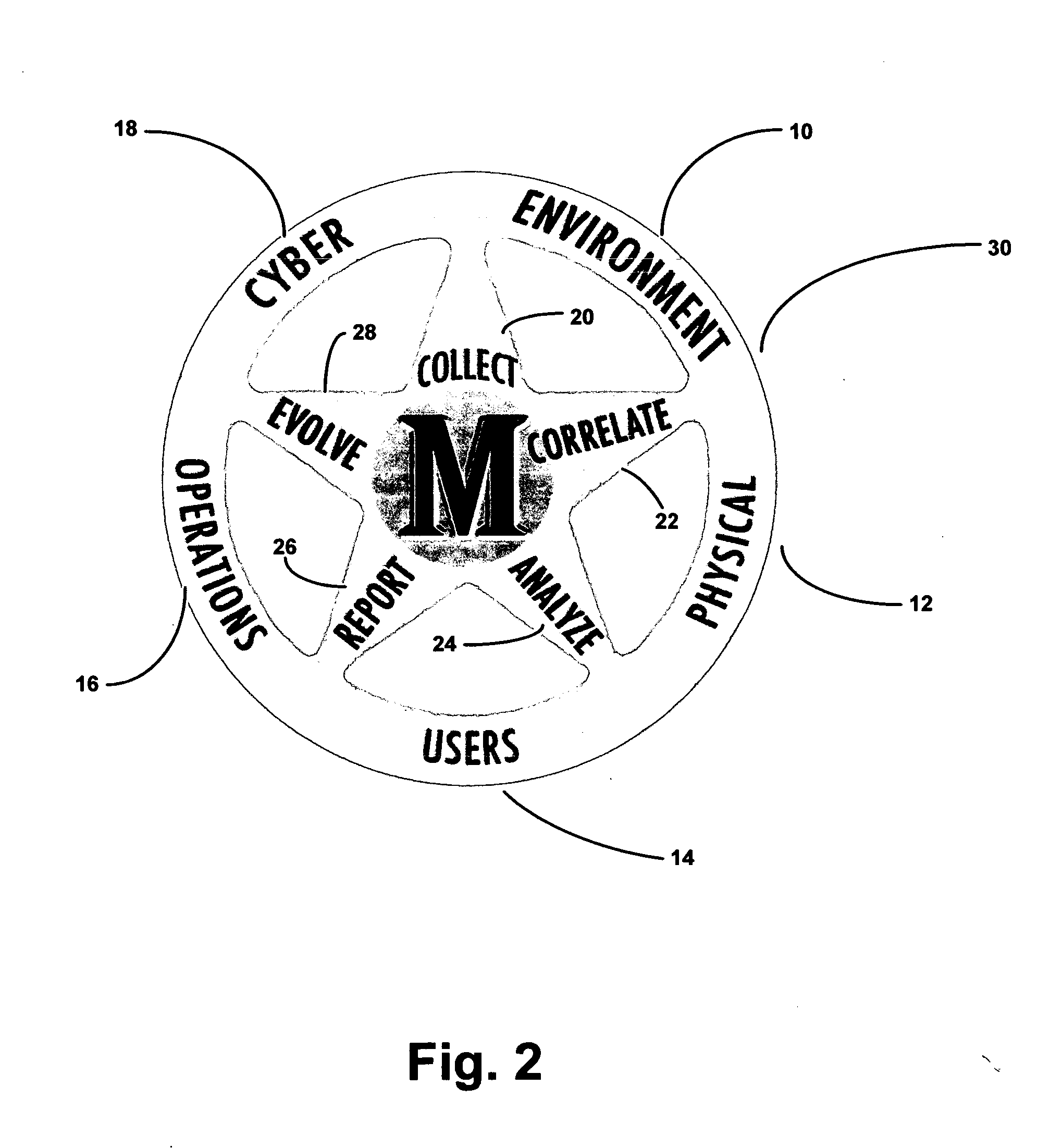Lastly on this point is the old adage “garbage in—garbage out:” reliability of computer-based information provided is to some extent always suspicious.
Additionally, steps are required to ensure that data entered is itself reliable, as many create contentions under the guise of news, when the content is mere fiction.
So, in short, the CERT model has become dysfunctional.
The dynamic, high speed and quantity of information that can pass via
the Internet, combined with a multiplicity of miniaturized devices, technical wizardry of hackers and others, and the general corporate appropriation strategy, has reduced the
efficacy to almost zero of perimeter-based theories of protection, and corporations thus have become well out of touch with the severity of the situations presenting themselves continuously.
The consequences of any of these cyber attacks will generally be to
grind sites, like a mammoth e-commerce site, to an almost immediate halt, corrupting data and potentially creating all forms of liability from
credit card thievery to loss of confidential information and even to potential criminal liability.
For example, with a cyber-based Distributed Denial of Service (a / k / a “DDoS”)
attack on a company, the effect can be devastating.
Indeed, even a career can be destroyed by the accidental or premature sending of an email without thinking the issue through in advance—a situation that typically would not have occurred in the day when letters were hand written or typed and mailed, rather than created and distributed instantaneously.
Thus, little attention is given to proper selection or training of security personnel.
For individuals, none of these techniques can
impact cyber-invasion.
History now proves a rather
high rate of security invasion, as companies and individuals are being raided and their data corrupted fairly routinely.
Indeed, trojans have become almost a daily game of the malicious
hacker, often discovered too late for
effective action.
Also, rather than risk their jobs or upset their corporate affiliations, such people have been largely remiss in correctly stating the depth of investment and needs required to provide real, viable protective measures, nor have such people been complete in stating the consequences associated with a failure to take these appropriate steps.
Likewise, vendors have largely failed to place the customer's needs above their own desires for sales.
The result is that both the CERT providers and the customer are lulled into a general false sense of security in mis-perceiving that if they buy “state of the art” headsets, cameras, a firewall, fancy recording equipment, or the like, they have the latest and greatest protection and are invasion proof.
Reading the “fine print” attending such devices often shows that companies really have no rights should an invasion occur.
Rather, companies look at the cost of security as but a direct
line item expense.
Many companies believe that they are not susceptible having acquired hardware and
software (without much regard to their generally ill or untrained staff), and hence do not perform the analysis required.
A single intrusion can cost the entire company.
Likewise, exceptional security staff are also difficult to acquire and quantify.
As a result, not enough certified, experienced, well educated security staff exists—so companies “steal” experienced personnel for each other.
The consequence is that the costs (salaries and the like) are increased, yet while paying more, companies do not increase the quality of their total security simply by acquiring an expensive staff member, while simultaneously creating a shortage of such personnel at other organizations (e.g., from whom such personnel are stolen or by whom such personnel are no longer affordable).
Where such shortages exist, the lack of training and experience of those present causes a lack of perceived value in such staff.
In the worst case scenarios, smaller companies do not even hire security staff because quality staff is either at a shortage or price prohibitive.
Where a company cannot obtain an experienced cyber-security professional, then it cannot adequately
train any of its staff members.
Where such professionals do provide training, then their personnel become more valuable which, in turn, typically creates the opportunity to go to the highest bidder—the so-called “theft” of the personnel.
As a result, in the scenarios that predicate the within invention, companies are forced to perceive the value of rigorous security training as a difficult risk to manage, as the result is often forfeiture and the need to
train another group.
Yet, the advent of four primary factors has proven that reliance solely on signature-based AV defenses, even in multiple
layers by differing vendor products, is no longer a viable solution.
Second, the rise of Melissa and other easy-to-code, easy-to-alter
virus families as an
attack tool has made regular
signature file updating a logistical
nightmare, particularly for large organizations.
Indeed, updating occurs typically only after the
virus has hit, ultimately to prevent proliferation, but too late for those already hit.
Third, such programs are typically computer specific, and thus each must be updated.
Yet there are few of such systems, which provide but a supplemental perimeter protection in between regular
signature file AV updates on servers.
The single greatest example of this is the failure of organizations to implement and enforce the most basic building blocks of
information security: policy and access.
 Login to View More
Login to View More  Login to View More
Login to View More 


